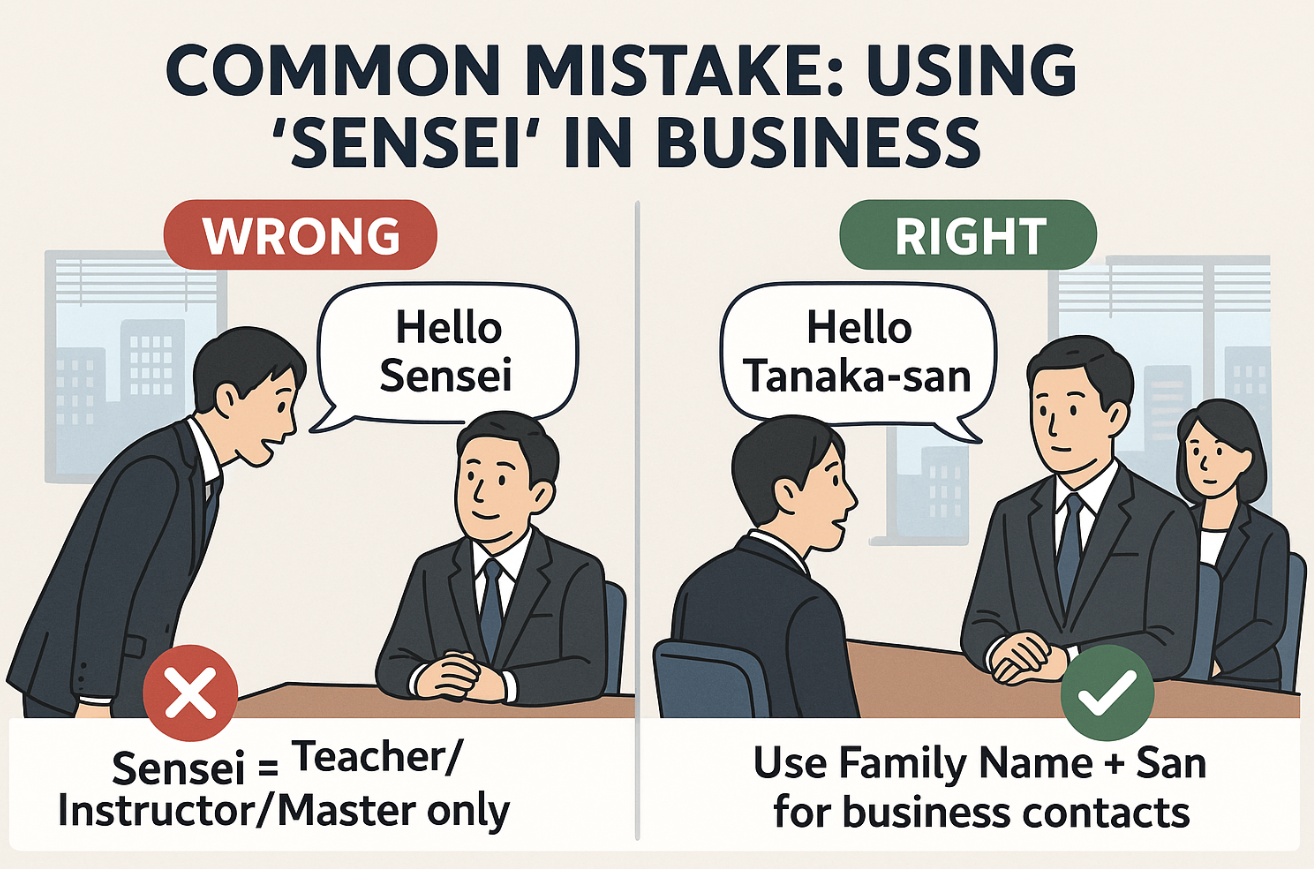Did you know that top Japanese companies often require 4 or more interview rounds, potentially stretching the process into months?

Sometimes, the number of interview rounds can be more than we expected, and sometimes it can be shorter as well.
This lengthy process, unlike fast-paced Western hiring, can feel overwhelming. Many Indian professionals point to the duration as their biggest challenge. However, this thoroughness is rooted in Japan’s core business values: long-term commitment, quality-of-life (QoL) stability, and deep team integration.
Challenge 1: Navigating a Long and Formal Process

The Japanese hiring system follows a careful process that takes much longer than you might expect. A good grasp of this timeline will help you succeed.
The concept of Bottom up(consensus-building) lies at the core of this extended timeline. Japanese organizations make group decisions. Stakeholders take time to ensure their choices match their long-term goals. The hiring process can stretch up to a year in Japan.
How to stay patient and proactive
You need to balance patience and momentum during this long process:
- Find out early about the number of interview rounds and timeline
- Continue your job search—talking to multiple companies can work to your advantage
- Let companies know when you’re in talks with other employers to accelerate their process
- An interview invitation often means your chances of success are high
Challenge 2: Adapting to Cultural Expectations
Success in Japanese interviews depends on how well you understand cultural expectations. Japanese business relationships are built on respect and hierarchy.
Understanding the role of etiquette
Your evaluation begins the moment you step into the company. Getting there 10-15 minutes early is standard practice. Show respect with a proper bow (15-30 degrees) when meeting your interviewer. Your appearance matters too. Dark-colored conservative business attire with minimal accessories works best.
When to use keigo and formal language

Three distinct forms of honorific speech (keigo) exist in Japanese
Stick to teineigo during interviews unless you’re confident about using complex forms. Native speakers don’t expect you to be skilled at all keigo forms. All the same, basic phrases like “Thank you for this chance” (kono kikai o itadaki, arigatō gozaimasu) set the right tone.
The Crucial Mistake: Why You Should Never Call a Japanese Interviewer “Sensei”

During my conversations with native Japanese speakers, I discovered a common, yet easily avoidable, mistake made by new Japanese learners: referring to Japanese people, especially interviewers or business contacts, as “Sensei” While “Sensei” strictly means teacher, instructor, or master, formal or business contexts, using “Sensei” as a generic respectful title for a Japanese person you just met leaves a poor impression.The safest and most appropriate way to address a Japanese person, particularly an interviewer or a senior contact, is to use their family name followed by the honorific “San”



コメント